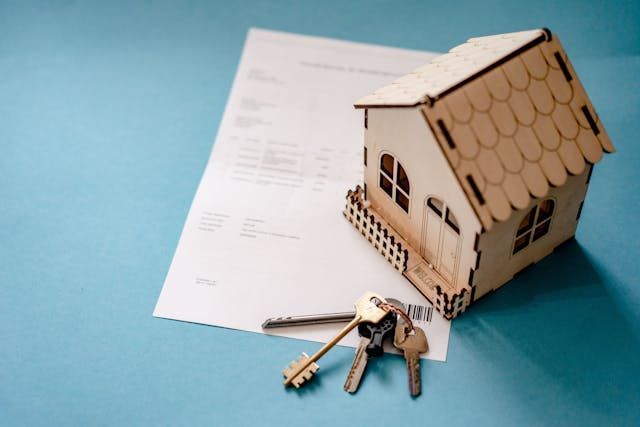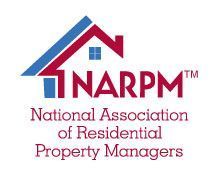Who Pays For The Property Damage?

Property damage is an unavoidable aspect of the property rental business. Human error and environmental factors both contribute to property damage. As a property owner, this may mean additional expenditure on your part to maintain the property. Normal wear and tear are usually owner’s expense; but tenants can be charged for excessive property damage done by them.
Let’s look into what is considered Normal and what is considered Excessive damage:
Normal Wear & Tear
As the name says, it is the property damage that occurs due to everyday use or due to climate conditions over a period of time. This type of damage can’t be avoided and thus, tenants can’t be held accountable for it. The rental property owner is responsible for managing this type of wear and tear by performing regular repair and maintenance. Few examples of normal wear and tear are:
- Small natural cracks in the wall
- Faded or worn-out paint or carpet
- Cracks in the floor due to normal usage
- Rusty water pipes
- Worn out appliances
- Dents, smudges, chips, and minor nail holes in the walls
- Loose tiles due to normal usage
- Faded or yellowing blinds & curtains
- Sticky, loose, or squeaky doors
Excessive Property Damage
Also known as unexpected property damage, excessive damage can be a result of tenant’s negligence or property abuse. It is measurable and verifiable in nature and the tenant can be held accountable for this kind of damage.
Such damage can have a negative impact on the property value. Some examples of excessive property damage are:
- Burns, tears, holes, or pet stains on carpets
- Wide holes in walls
- Ripped off doors from hinges
- Broken walls due to impact
- Damaged or broken door handles & locks
- Unapproved paint or wallpaper
- Broken window glass or frame
- Ripped curtains or blinds
- Broken toilet
- Chipped kitchen counters
- Grime or Mold in kitchen and bathroom
- Missing fixtures
- Broken sinks or bathtubs
Differentiating normal wear & tear from excessive damage can lead to disputes between the rental property owner and the tenant. Here are some ways to avoid such disputes:
- Communicate clearly: Incorporate into lease agreement as to what type of damage is tenant’s responsibility. Also, include your responsibilities as a rental property owner to avoid an argument at a later stage.
- Move-in walkthrough and Move out Inspection: Schedule a property walkthrough with the tenant before move-in. Make sure to carry a checklist to record the property’s condition. It is advised to take photographs and share a copy of this checklist with the tenant as a reference for future damages. Similarly, a move-out inspection can be performed and a list of defects can be noted and signed by the tenant.
- Regular Inspections: Conduct regular property inspections to note any property damages. If there are any damages, they should be rectified as soon as possible to avoid a costly major repair.
While it could be stressful for property owners to deal and communicate with tenants and reach common ground on who would be paying for which damages, a property management agency can help in this regard. A property management company will guide owners about the necessary lease clauses and would conduct walkthroughs and document the property condition before the start of tenancy. The agency will also conduct regular inspections and would communicate with tenants about any repairs that they need to pay for.
Hunter Rentals & Sales offers complete property management services near Fort Hood, including Killeen, Harker Heights, Copperas Cove and Belton, TX. To know more, visit Hunter Rentals & Sales at 1503 W Stan Schlueter Lp Killeen TX – 76549 or call (254) 634-331. You can also check out our website
www.hunterrentals.com







